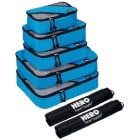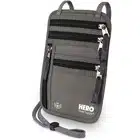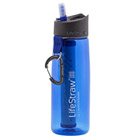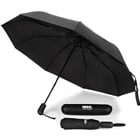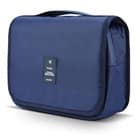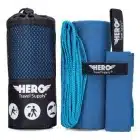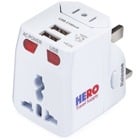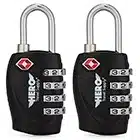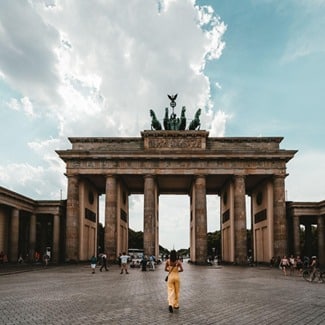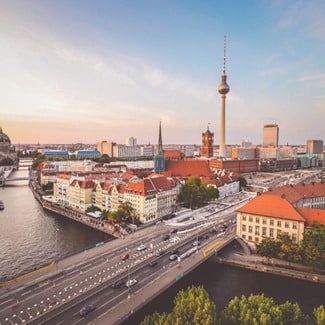SPRING – March, April, May
Springtime in Berlin is cold for the first half and warms up significantly by May. A
beanie,
puffer jacket, and
waterproof boots will be essential warm layers this time of year. If you’re visiting in May, you can swap your puffer jacket for a
sweatshirt and
denim jacket.
Spring temperatures average between 34℉ and 67℉ (1℃ and 19℃).
SUMMER – June, July, August
Summers are pleasant and mostly sunny in Berlin. It’s one of the few times of the year you can bring one or two pieces of outerwear, like a crew-neck sweatshirt, for the evenings. Summer days are usually comfortable for wearing jeans, a short-sleeve shirt, and sneakers. You can bring one pair of shorts or a skirt this time of year for days when the sun is out and temperatures are warm, especially in July and August.
Summer temperatures average between 54℉ and 75℉ (12℃ and 24℃)
FALL – September, October, November
The beginning of fall in Berlin carries over the pleasant summer weather before quickly cooling down in October and November. If you’re visiting in September, you can plan to pack summer essentials like
jeans,
sunglasses, and a
fleece jacket for the evenings. For trips in October and November, you can pack more cold-weather attire like a
down jacket,
scarf, and
long-sleeve henley shirts.
Temperatures average between 37℉ and 67℉ (3℃ and 19℃).
WINTER – December, January, February
Winters in Berlin are cold, humid, and snowy. The frigid weather can seep in through your clothes, so make sure you invest in a high-quality coat with a hood. Gloves, beanies, and thermal underwear will be especially useful this time of year. You should also make sure to have a travel umbrella with you this time of year.
Temperatures average between 29℉ and 40℉ (-2℃ and 4℃)




